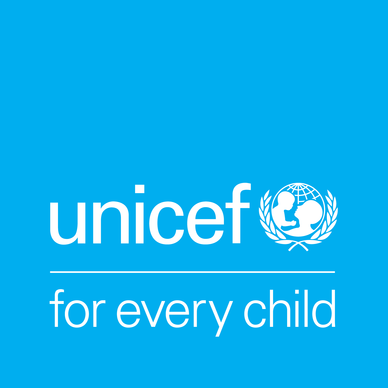How does violence affect children?
The tragic consequences of violence affect all aspects of a child’s life and can be passed down from one generation to the next. Violence against children also carries serious emotional and financial costs to all societies in every region of the world.
Our latest data shows staggering levels of violence against children. Every year nearly a billion children worldwide are regularly subjected to physical punishment by their caregivers. And approximately one in 10 girls under the age of 20, or 120 million girls worldwide, have experienced sexual violence.
Our report, Children in Danger, reveals that physical, sexual and emotional abuse is widespread, with millions of children unsafe in their homes, schools and communities.
How are we helping to protect children from violence?
Violence against children is not inevitable and it is possible to break the cycle of violence against boys and girls.
We help protect children by setting up services to help them and their families, working with governments to make sure national child protection systems are effective, and with communities to change attitudes towards violence so it’s considered unacceptable.
Here in the UK, we campaign to keep children safe from violence wherever they are. In the run up to the World Humanitarian Summit in 2016, we campaigned to urge the UK Government to sign up to the Safe Schools Declaration – a political commitment to protect children, schools and teachers from attack in areas of conflict. Over 170,000 members of the public, ambassadors, business leaders, and hundreds of schools across the UK joined the campaign. We’re delighted to announce that in April 2018, the UK Government signed the declaration, sending a clear message out to Governments about the importance of education in emergencies and also making sure that more children affected by violence are able to learn and play in safety.
Diego’s story
Nine-year-old Diego lives in Santo Tomás, El Salvador – a country with one of the world’s highest homicide rates. As part of a UNICEF-supported initiative, Diego is one of 130 children taking part in special art and culture workshops run in a local park, where he is taught photography, film, drawing and painting.
Before this initiative there were no cultural activities for children in Santo Tomás. Diego credits the programme with building his self-esteem and vision for the future. “My dream for El Salvador is for there to be no street kids,” he said. “If I were president, I’d like to open up a workshop for painting, art, drawing, guitar, photography and video. And I’d give all children all over the world health, happiness and an education.”
Watch Diego's story and see how UNICEF is helping to break the cycle of gang violence in his town.





